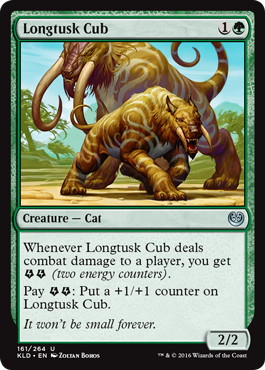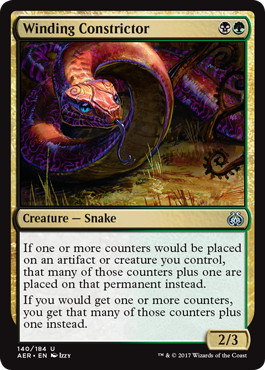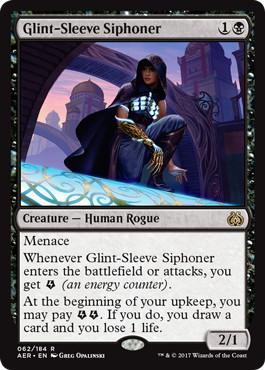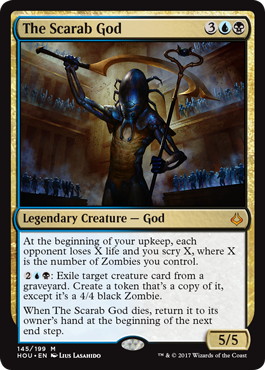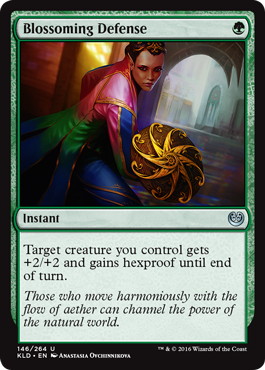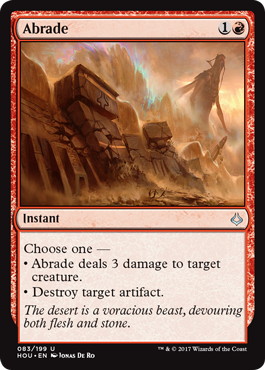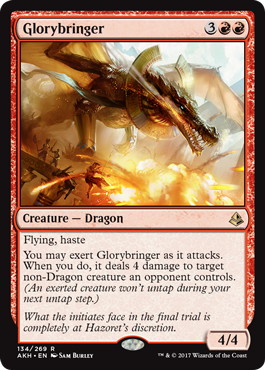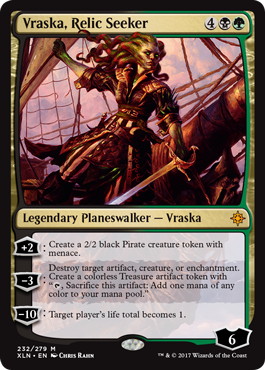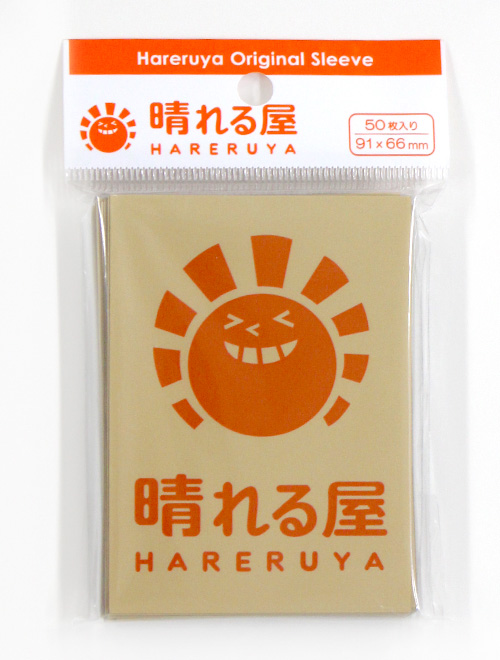Introduction
Hi readers,
I am fresh out of two important standard events : Pro Tour Ixalan, and GP Warsaw 2017 the week after that. Actually, I did not plan on attending GP Warsaw 2017, but a friend had booked me a flight already (apparently!) and I felt like I had a fairly good grip on standard, which made attending all the more appealing.
I did all right in both events, going 7-3 at the PT (good enough for my third top 50 finish in a row, so you know, I am quite the posterboy of unexciting finishes) and 11-4 at the GP despite. I have plenty of toughness about how this specific standard works and how to build you deck according to its moving pieces, but did not feel like boring you with a comprehensive guide. So, I decided to write this article based on how I feel about Sultai Energy (which I played at the PT), because that should let you understand how the whole format is articulated right now.
There we go.
What was Sultai for ?
To understand how to build your Sultai list, you need to understand that it was primarily build with Temur Energy, and to this day, Temur Energy is still the defining match-up. It is not the only deck, but it is by far the best of them. Also, Sultai does not really struggle in any other match-up since you have an early curve and the ability to race for Mono-red, a perfect sideboard for control (《Negate》+《Duress》 is a sick one-two punch) and enough proactivity to put most go-wide decks (Abzan Token or Esper 《God-Pharaoh's Gift》) to the test, especially after sideboard. More generally, I wrote this whole article based of my firm belief that energy decks are the best decks in standard at any point in time, and that being good at standard just means picking the right energy deck at the right time.
Sultai was originally build as the “go-under” energy strategy. What that means is that you would have your curve be a little bit lower to the ground and make sure your deck is capable of the most explosive starts with 4 《Longtusk Cub》s, 4 《Winding Constrictor》s and 4 《Glint-Sleeve Siphoner》s.
Since Temur is so reliant on its overpowered 5-drops (that choice of words is absolutely violently), you would try to win the game before they start chaining them. The beautiful thing here is that Sultai is incredibly well-equiped to do this : not only are its threats much cheaper than Temur’s removal (basically all your must-kill cards cost two mana while Temur’s removal cost two to five mana), but it is also a deck that easily grow its creatures to 5 toughness (either via 《Rishkar, Peema Renegade》 or 《Longtusk Cub》 along 《Winding Constrictor》), which is the magical number where 《Chandra, Torch of Defiance》 and 《Glorybringer》 become irrelevant. On top of that, you got to play a ton of cards that are tough for Temur to deal with, like 《The Scarab God》, 《Bristling Hydra》 and above all 《Blossoming Defense》.
That was the original strategy, at least. In all fairness, it did not show great success in the early stages. Why? Because Temur was so great as a deck. Having a smooth manabase and at least ten removals plus a bunch of 《Essence Scatter》 made it so that despite all I just said, Temur would usually be able to stifle your early interactions and beat you. Which is why two things happen :
Those two things where basically one : every energy deck was becoming a clunky pile of busted, high-end cards designed to cast one more mythic rare than his opponent in the mirror. Which actually made aggressive Sultai great again and made me chose it for Pro Tour. I liked my list a lot and it served me well, but I hardly see a point in sharing it with you when Seth Manfield’s version simply won the whole thing.
- Seth Manfield
- – Sultai Energy
- Pro Tour Ixalan
- (Champion)
2 《Swamp》
1 《Island》
2 《Fetid Pools》
4 《Aether Hub》
4 《Blooming Marsh》
4 《Botanical Sanctum》
-Land (21)- 3 《Walking Ballista》
4 《Glint-Sleeve Siphoner》
4 《Longtusk Cub》
4 《Winding Constrictor》
4 《Rogue Refiner》
2 《Rishkar, Peema Renegade》
3 《Hostage Taker》
1 《The Scarab God》
-Creature (25)-
3 《Duress》
2 《Negate》
2 《Die Young》
2 《Nissa, Steward of Elements》
1 《The Scarab God》
1 《Essence Scatter》
1 《Appetite for the Unnatural》
-Sideboard (15)-
This list illustrates the perfect balance you need to reach to beat the clunky versions of energy decks : a lot of early pressure backed with super cheap disruption, and just enough late game power that you will get there late if they overboard for the first few turns.
What does that mean for the future?
And yet, I did not play Sultai in Warsaw. Why? Because we never quite solved the issue of “how do you beat the straight-up, not greedy 3 colours version?”. Actually, I do not think you will ever solve it ; this is the match-up that keeps Sultai from being the number one deck in standard.
As I mentionned, if you opponent is running something like 4 《Abrade》, 3 《Chandra》 and 4 《Glorybringer》s, you will simply not beat him with your aggressive, synergistic plan : he will have all the tools to stop you, and his mana will let him use those tools conveniently to shut down your offense.
Of couse, there is nothing that stops you from accepting that, and deciding that you will beat him in the later stages of the game with the superior endgame that black offers in the form of 《Vraska, Relic Seeker》 and 《The Scarab God》.
Except that at this point, you are just playing a sorry version of the 4-colours energy deck that will lose the pseudo-mirror, have a weaker Mono-red match-up and lack the proactivity to beat combo decks unless you devote a ton of sideboard slots to this task.
In other words (and this is probably the main take away you should have in mind) : 3 colours Temur is BY FAR the best deck you could be playing in standard. If there was a Temur symposium, and every Temur player in the world sworn an oath to never add black to his deck ever again and never try to metagame for the mirror, then 3C Temur would utterly dominate standard, with only good match-ups across the board and a fifty-fifty in the mirror.
But this symposium did not happen (or they did not invite me), and the more Temur will win, the more likely it is that most players will be running the 4C version to beat the mirror, making 3C Temur a poor choice. And when that happens, then Sultai energy becomes the best deck, period.
Unless something crazy happens, I do believe that this whole “3 energy decks” dance will not stop until at least the next set, and quite possibly until Kaladesh rotates out of standard. So here is how you should dance :
Until next time,
Pierre Dagen
Recommended Items



